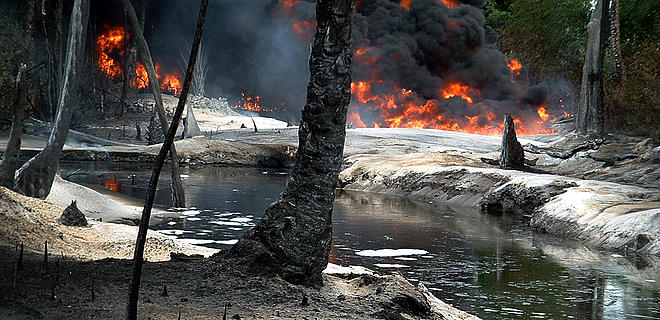News

The carbon dioxide milestone |
|
Now that we have passed 400 parts per million, the CO2 level has reached the stage where, on the last occasion that it reached such heights, sea levels were over 130 feet higher (that's 40m!) The IPCC or Intergovernmental panel on Climate Change have already noted Friday's news with some alarm: "The passing of this milestone is a significant reminder of the rapid rate at which - and the extent to which - we have increased the concentration of greenhouse gases in the atmosphere." Poppycock! We need some serious alarm, not simply talk of "milestones." If we make a list of US cities alone: Norfolk, Los Angeles, Sacramento, Wilmington, Washington, Honolulu, Boston, Atlantic City, Newark, New York, Portland and Philadelphia would be below sea level. With several more than that round dozen, the world capitals we would lose include Helsinki, Paris, Berlin, Rome, Oslo, Lisbon, Stockholm, London, Dhaka Algiers, Tunis, Cairo, Wellington and Tokyo, along with many others. Scare-mongering possibly, because it seems the sea levels won't copy exactly what they did millions of years ago. On Hawaii's Mauna Loa, the loss of their capital city may not be their immediate concern, but they are the first to measure this strategic and very significant rise, under Ralph Keeling who oversees the Observatory's measurements. These are continuous since 1958, as the lovely volcano and its sensors are far from any major greenhouse gas source. |
|
The rapid rise, still accelerating despite governmental promises, have caused a complementary rise in temperature, which again the governments have promised to keep to 2°C. The International Energy Agency begs to differ. They estimate a rise of 6°C, if nothing is done to stop the fossil fuels from burning. That temperature would be catastrophic, as the CO2 concentration would go through the roof and cause the absorption of even more heat, going by their figures. The crazy truth is that the UN conference in Paris (note the sea level above) is expected to be the next chance to perform the impossible - amazingly in 2015. We can almost guarantee that, in 2 years' time, we'll have so many figures telling us to stop polluting that the reaction will hopefully have begun! In the Pliocene, up to 5 million years ago, such conditions killed off reef corals and allowed boreal forest to occupy current tundra. Hundreds of years should normally pass before the change occurred, but we have a novel difference. The greenhouse gases are rising at a rate 75 times faster than in pre-industrial centuries. Bob Ward works on policy at London's LSE (check the altitude again!). "We are creating a prehistoric climate in which human societies will face huge and potentially catastrophic risks," is his take on the situation. You're telling me! He says we will turn the clock back 3 million years unless we immediately fix global emissions and then reduce them. What are we doing? - Increasing emissions - worldwide. |
